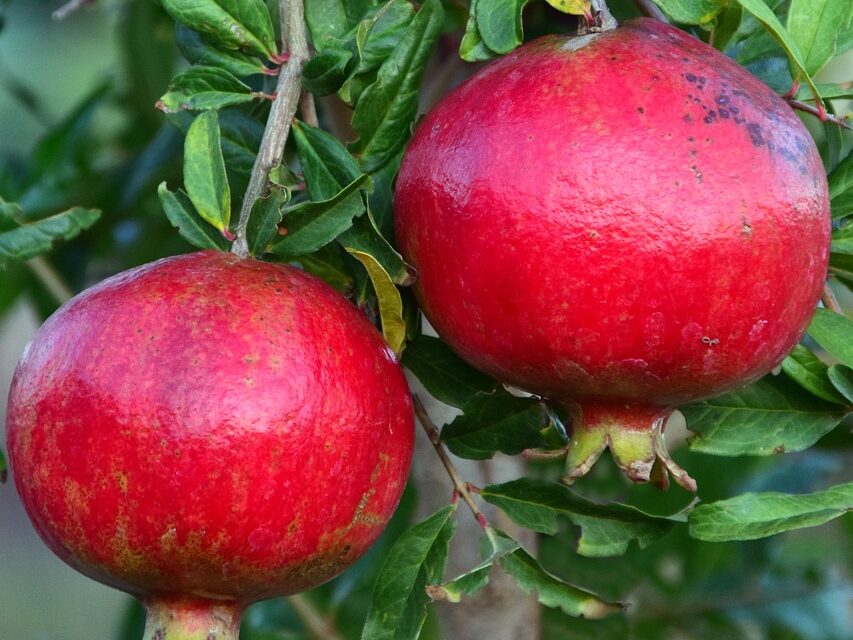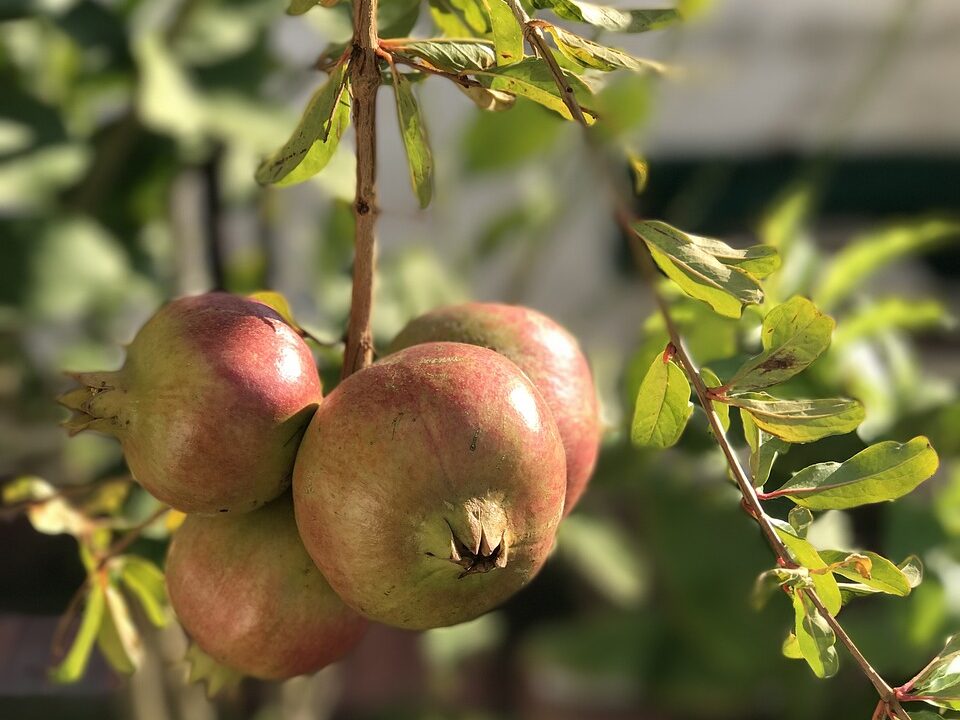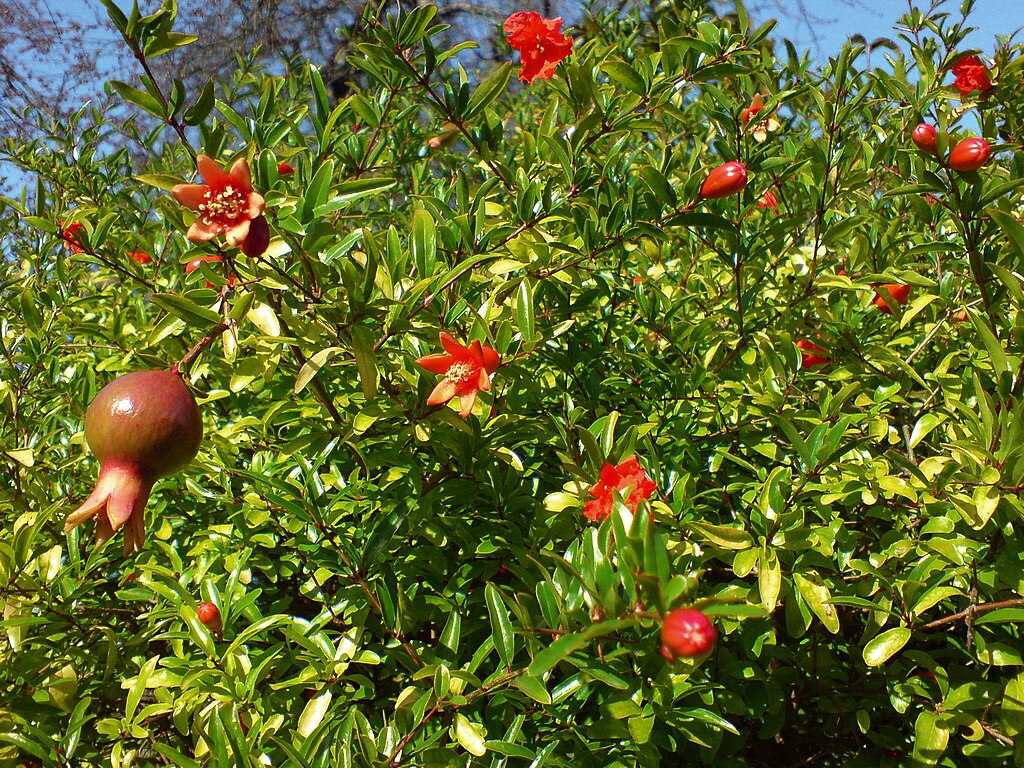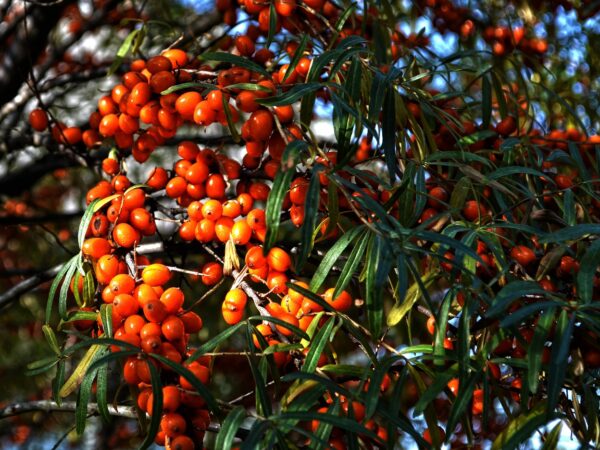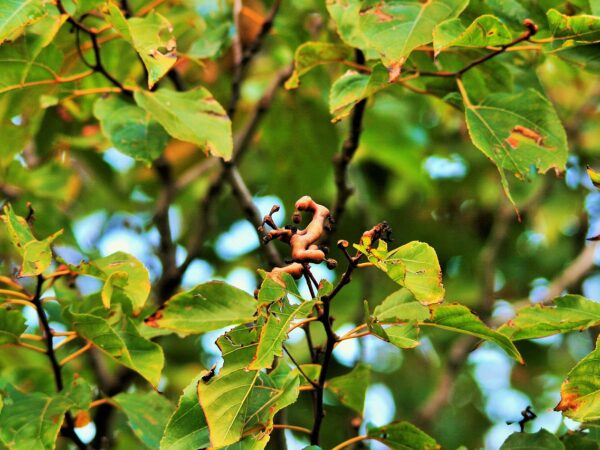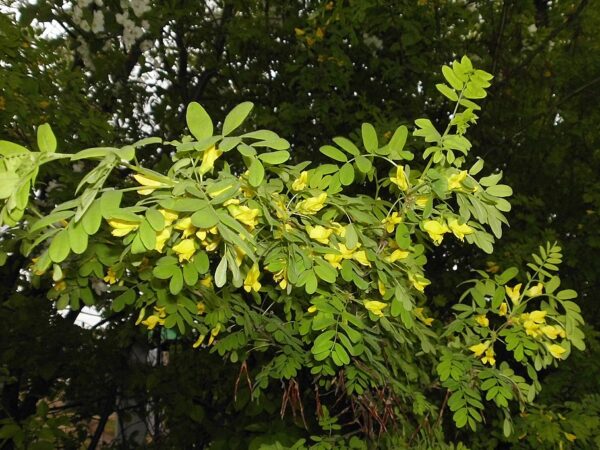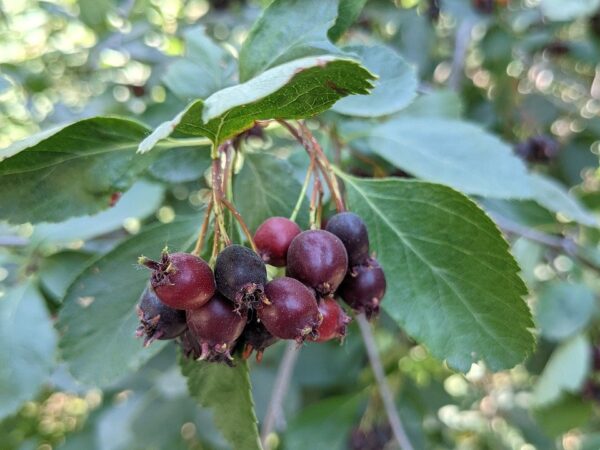Your cart is currently empty!
Additional Info
Fruit of the future: Are pomegranates Australia’s next smashed avos?:
Cold stratifying seeds using the paper towel method:
Studies:
Description
Pomegranates are pretty amazing, aye? The sweet, tart, crisp taste and texture of those juicy seeds/arils. Great for salads and cocktails – sure, but we also use a pomegranate molasses on our homemade banana ice cream to sweeten the deal. They’re also just one of those shrubs that adds visual intrigue to the garden.
The technical bits –
The pomegranate, is a deciduous shrub or small tree that typically grow 3–5 metres tall (but can be pruned to shape or maintained as a smaller shrub). They prefer full sun and well-drained soil and are tolerant of drought and poor soil once established. In New Zealand, they grow best in warm, dry regions with hot summers, though some fruiting is possible in milder climates. Cold tolerance is moderate; mature trees can handle light frosts (–10°C) but young plants benefit from protection.
Pomegranates are self-fertile, but growing multiple plants improves yields and pollination reliability. If growing from seed, raise at least three to five seedlings to account for genetic variability in vigour and productivity.
Germination and Cold Stratification:
While not a requirement, 2-4 weeks of cold stratification will improve germination rates. Then, keep warm (20–25°C) and moist until germination, which typically occurs in 2–6 weeks.
Outdoor Stratification Tip:
Although not strictly necessary, if using stored seed or unsure of freshness, sowing outdoors in autumn can mimic natural conditions and improve results. In cooler areas, the winter cold can act as a soft stratification, with germination occurring in spring. Protect pots from rodents and heavy rain.
